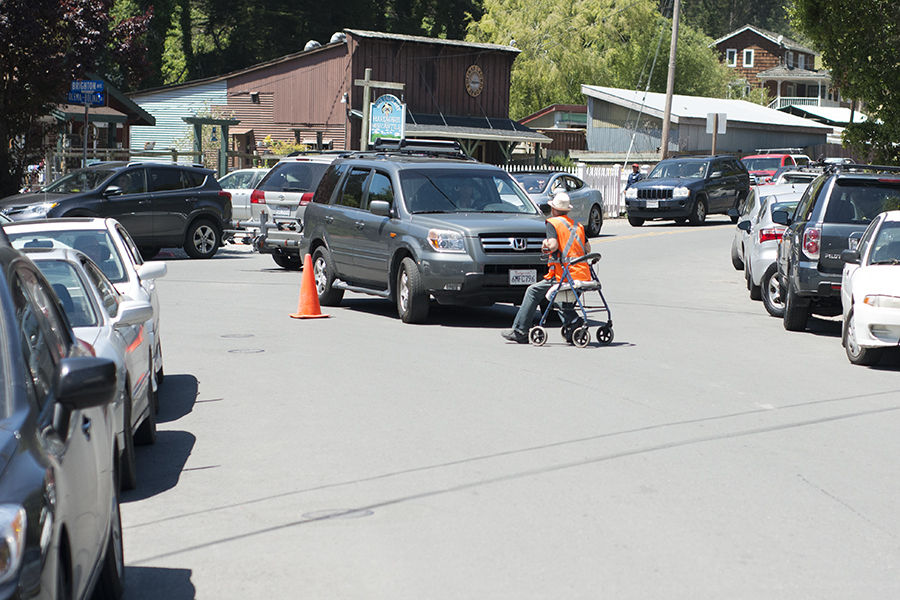Bolinas locals distressed by a flood of visitors took matters into for their own hands for the second week in a row last weekend . . .
Bolinas resorts to “grassroots” traffic control


Bolinas locals distressed by a flood of visitors took matters into for their own hands for the second week in a row last weekend . . .